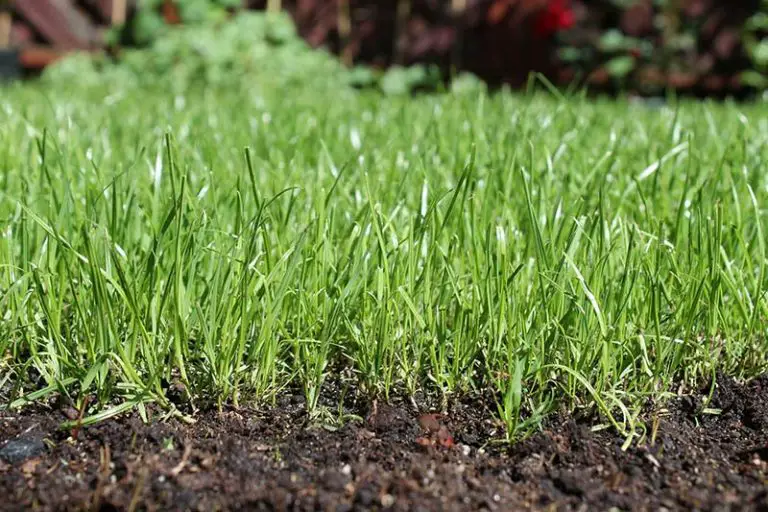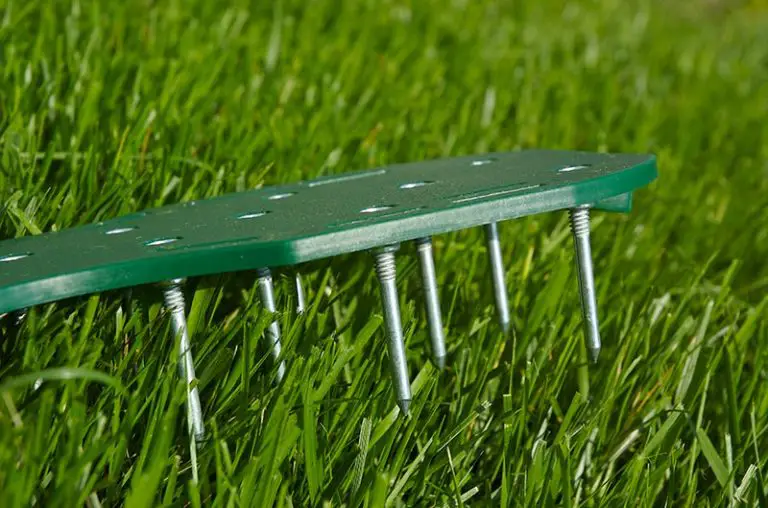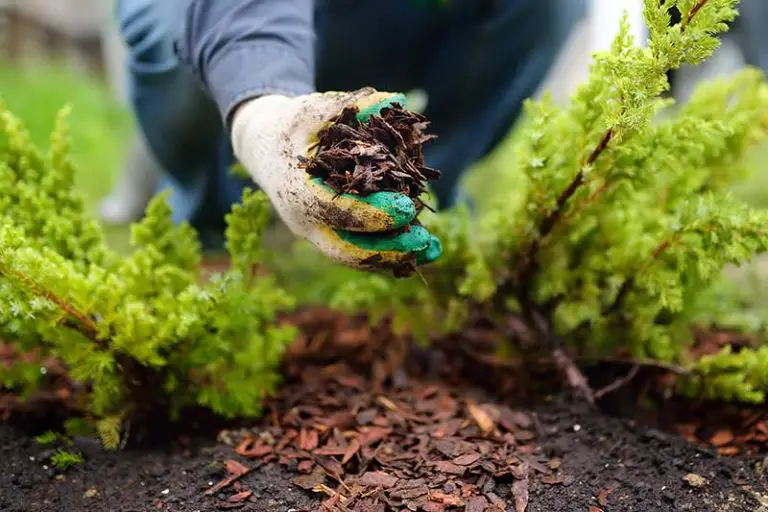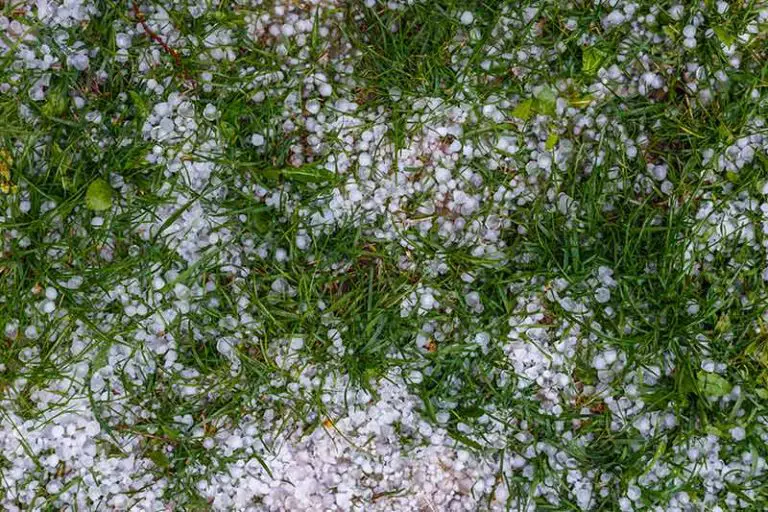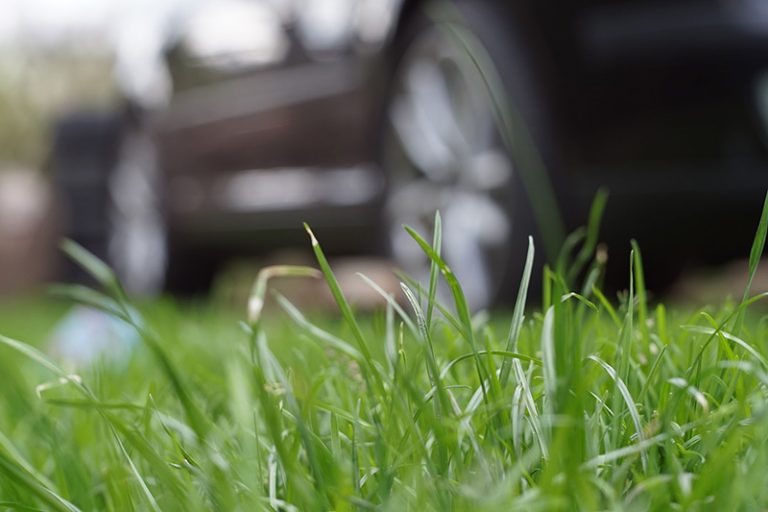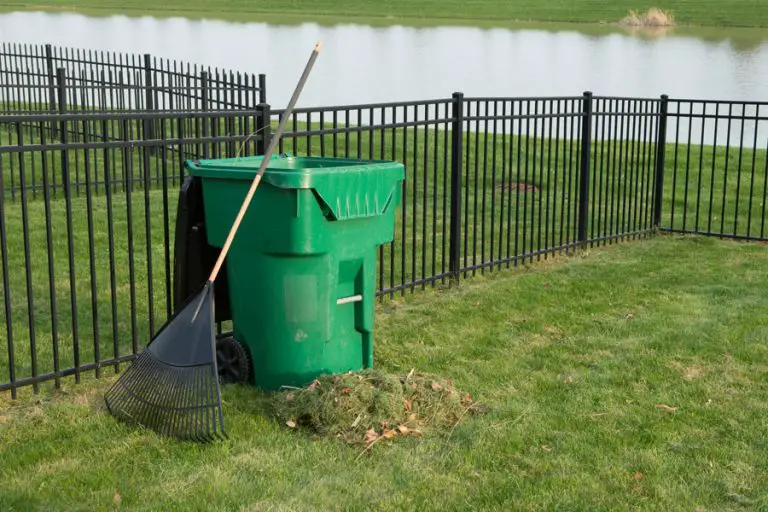How To Get Rid of Mushrooms in Your Lawn
There are many reasons that you might not want mushrooms in your lawn; they can be unsightly, and if you have pets or small children, you might be concerned for their safety in terms of accidentally ingesting the mushrooms.
Mushrooms normally occur in damp, shady conditions, and their fruiting bodies (the part you see) can easily be removed by hand. However, to deal with the fungal problem properly, you may need to dig the rest of the mushroom out, and also change the conditions to stop it from readily returning.
Here’s a detailed guide on how to get rid of mushrooms in your lawn.
Will Fungi Hurt My Lawn?
Mushrooms are a type of lawn fungus common to lawns throughout the world. It’s important to note that mushrooms are not necessarily a sign that there is a problem with the health of your lawn – and indeed, mushrooms can often be beneficial to the grass and other plants.
Mushrooms break down organic matter, and this can make the nutrients in it more available to your grass. They also help to prevent too much organic matter from piling up, quickly breaking it back down into useful components for grass, microorganisms, and other living beings to utilize.
Almost all of this goes on below the surface. Remember that the mushrooms you see on top of a plant are the fruiting bodies of the organism, not the entire thing. Most of the mushroom is underground.
In rare circumstances, mushrooms can cause harm to your grass, though not directly. This only happens when the mushroom forms such a thick mat beneath the surface of the soil that the grass cannot get all the nutrients it needs. This does not happen very often, but will cause the grass to turn brown and die back.
Many people are happy to leave mushrooms in place, because the ones that grow in lawns are rarely toxic and can help the environment and the health of their garden.
However, some people don’t like the aesthetic or have concerns about their children/pets, and would rather find ways to remove them.
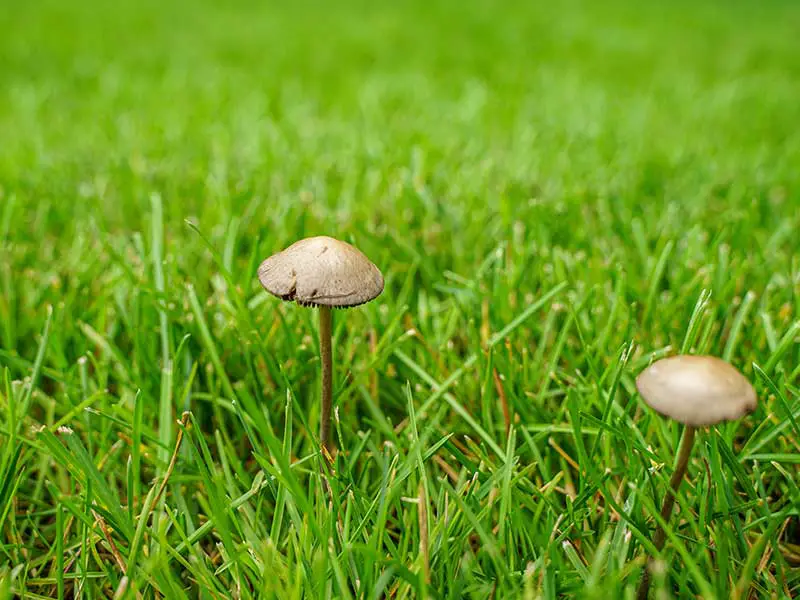
What Causes Mushrooms In Lawns?
Like all living organisms, mushrooms thrive when the conditions are right for them, so if you’ve got mushrooms appearing in your lawn, it’s because they have the things they need to thrive.
So, why are the mushrooms taking over?
Mushrooms feed on organic matter, and in the average garden, there is plenty of this. Different kinds of fungi feed on different things, but they will break down rotting wood, leaves, the waste of animals, live wood, dead grass, etc.
You can’t easily get rid of all the organic waste that the mushrooms feed on, but you may be able to reduce their hold by dealing with the other things that they need.
Mushrooms tend to go for shady spaces. While most of the body of the mushroom grows underground, they don’t like their fruiting bodies to end up in full sunlight either.
If your garden is very shady, you are more likely to see mushrooms. Bushes, trees, and structures can all make a shady space for mushrooms to grow in.
However, much like the organic matter, there often isn’t much you can do about excess shade, unless there are trees you can prune.
Reducing the shade above ground also won’t make much difference to the mushrooms below ground, although it may help a bit, and getting rid of their spore distribution can reduce their reproduction rate. It’s certainly a tactic to consider if it can be done.
The final condition that must be met in order for mushrooms to thrive is moisture. This is the one that you may want to pay particular attention to; if you have a lot of mushrooms in your garden, it may be indicative of drainage issues.
This could affect your grass in the long term, as grass doesn’t thrive when its roots are constantly wet. If you notice a lot of mushrooms in your lawn, drainage is something you should look into. You may need to grade and level your yard to improve drainage and discourage the growth of mushrooms.
Your grass should dry out at times, especially in the summer, and certainly shouldn’t “squish” underfoot if you walk on it. If it’s not getting dry, you need to look at ways to improve the drainage for your grass’s sake, if not to get rid of the mushrooms.
What Do Mushrooms Eat?
Remember, if you are seeing mushrooms above ground, they are already well established beneath the soil’s surface. Usually, they come up because there is a concentrated source of food near there. They will often disappear again as soon as the food has been consumed.
There are mushrooms that feed on almost everything organic, but here are some common things that can attract them:
- Fallen leaves
- Rotting wood or old tree stumps
- Grass clippings that have been left lying around
- Thatch in your lawn
- Dog or cat waste
- Excess food waste
Mushrooms generally go for dead tissue, although there are some types that attack living tissue, such as honey fungus. These feed on trees, however, and won’t appear in your lawn.
If you are trying to get rid of mushrooms, removing the excess of dead organic matter may help to a degree, although you are unlikely to be able to significantly reduce the amount of organic matter in your garden.
You might find it interesting to look at what different mushrooms choose to grow on and eat – especially if you have children that would enjoy the lesson! This can also help you work out what to prioritize reducing in the garden.
How To Get Rid Of Mushrooms In Your Lawn
If you decide to get rid of the mushrooms, you’ll need to take a multi-pronged approach in order to be successful. We’ll discuss the things you can do to make your garden inhospitable and cut back on the mushrooms spreading.
Remove Mushrooms Manually
When you see a mushroom, remove it. This takes only moments, and it will help to reduce how much the mushroom manages to reproduce.
Remember that the part of the mushroom we see above ground is there to spread the mushroom’s spores, and if you get rid of it before it has a chance to do that, the mushroom can’t reproduce.
You can simply cut off the mushrooms, or even pull them up by hand. If you are concerned about the toxicity of the mushroom, wear gloves and wash your hands afterward. While few mushrooms are very irritating, it is best to be cautious.
This is one of the simplest methods for reducing the mushrooms in your garden. For many people, this may be enough; it removes the aesthetic problem, and takes very little time. Underground, the mushroom is invisible, so unless it’s doing damage to your grass (unlikely), it can be ignored until the next time it fruits.
You shouldn’t add this part of the mushroom to your compost; it is likely to still spread its spores there. Burn it and add the ash, or dispose of it in the general waste.
Stop Watering
Mushrooms are often a sign that your ground is too wet for the grass, and that may be because you are over-watering it. Cut back on your watering routine and reduce how much moisture you are putting into the ground each day.
You should also identify any leaking pipes or taps, as these create a perfect wet environment for mushrooms. Get them fixed, reducing the water, and the mushrooms will likely disappear.
Increase Drainage
If you aren’t over-watering but you still have a mushroom problem, then you may be encountering drainage issues. This is more likely with heavy, clay soils, or compacted soils that haven’t been aerated for a long time (see the next heading for more information).
Dealing with drainage isn’t a very easy thing to do, as it often involves disrupting the soil, which can damage your turf while you are trying to get to it. However, if you are prepared to do so, you can dig hummus into your garden to change the soil makeup and encourage it to drain better.
You may also be able to dig channels to help improve the drainage, which could prove less work. Talk to professional landscapers about this as they may be able to identify where to put drains to maximize their effectiveness.
Aerate Often
Aerating your lawn helps to increase the oxygen your grass gets, decrease drainage problems, and decrease the mushrooms’ grip under the soil. On top of this, there are a number of other activities made more effective after aerating your lawn, such as overseeding and fertilization.
Firstly, aerating increases the oxygen around the roots of the grass plants. This can help the grass to grow stronger and improve its hold over the space.
Next, aerating helps the water to drain through the soil and dissipate. It allows it to penetrate the topsoil and soak away into the ground, improving its dispersal and preventing it from getting caught in pockets of heavy earth.
Finally, aeration disrupts the mats of fungi and damages them, making more space for the grass’s roots.
Reduce Shade
If you can reduce the shade in your garden, you’ll give mushrooms fewer spaces to put up their fruiting bodies in, and you will also reduce the amount of water, as more sunlight = better evaporation and drying.
Reducing shade may be hard, but if you can do it in a particularly problematic area where you get a lot of mushrooms, consider doing so. It may make a big difference.
Reduce Organic Material
Another somewhat tricky one, you can deter mushrooms to a degree by giving them less to feed on. Pick up sticks, pet waste, lawn clippings, food waste, etc., promptly. This will reduce the amount of organic matter that the mushrooms can access. You can put most of these (bar the pet waste) in your compost.
If your lawn is full of thatch, spending some time dethatching is a good idea. This will also help to aerate, which will further help the grass.
Break Up The Mushrooms
Physically attacking the mushrooms below the soil is another way to reduce their growth and prevent them from crowding out your grass. Aerating will help with this a bit, breaking up the mats of fungal tendrils below the soil.
You can also dig up any majorly problematic areas and spend some time removing the fungi from under the soil. You may want to start with fresh soil when you re-do the area, or you’ll probably introduce the fungi again.
This organic matter shouldn’t be put on your compost heap, as the fungus will likely continue to thrive, and may be spread around the garden again. You can instead burn it and then compost the ashes.
Use Fertilizer
This may sound at odds with the idea of removing organic material, but actually, lawn fertilization can help to get rid of fungi.
Nitrogen-rich fertilizers increase the rate at which organic material decays, and this makes it hard for the mushrooms to get enough food – because it is being broken down by another process.
You will want to use a quick-release fertilizer for the best results. Don’t overdo this or you could cause other problems in the lawn. Our top pick is the Maximum Green & Growth High Nitrogen Fertilizer as it has a high amount of quick and slow-release nitrogen at an NPK value of 28-0-0.
Using Fungicides?
You may think that a commercial fungicide is the best way to treat a mushroom problem, but unfortunately, this is often not the case. Fungicides can work to deal with the short-lived mushrooms that live on rotting leaves, but they won’t really handle mushrooms growing in the ground properly.
These fungicides rarely penetrate past the surface soil, and most mushrooms growing in your lawn will be deeper than that.
The fungicides will appear to work, as any surface trace of mushrooms will probably disappear, but you will soon find that they return, because the mushroom is still alive and well beneath the soil.
You may find that things like dish soap equally can treat surface mushrooms, but this is also potentially harmful to your grass and plants, and it won’t deal with the underlying fungi.
It is best to remove mushrooms by making your space less habitable in as many ways as possible, and getting rid of their fruiting bodies before these have a chance to produce spores that spread the mushroom’s influence further.
Conclusion
So, that’s how to get rid of mushrooms in your lawn: make your lawn unfriendly to them, give your grass a boost so that it can out-compete the mushrooms, and reduce the amount of food that the mushrooms have access to as much as you can.

